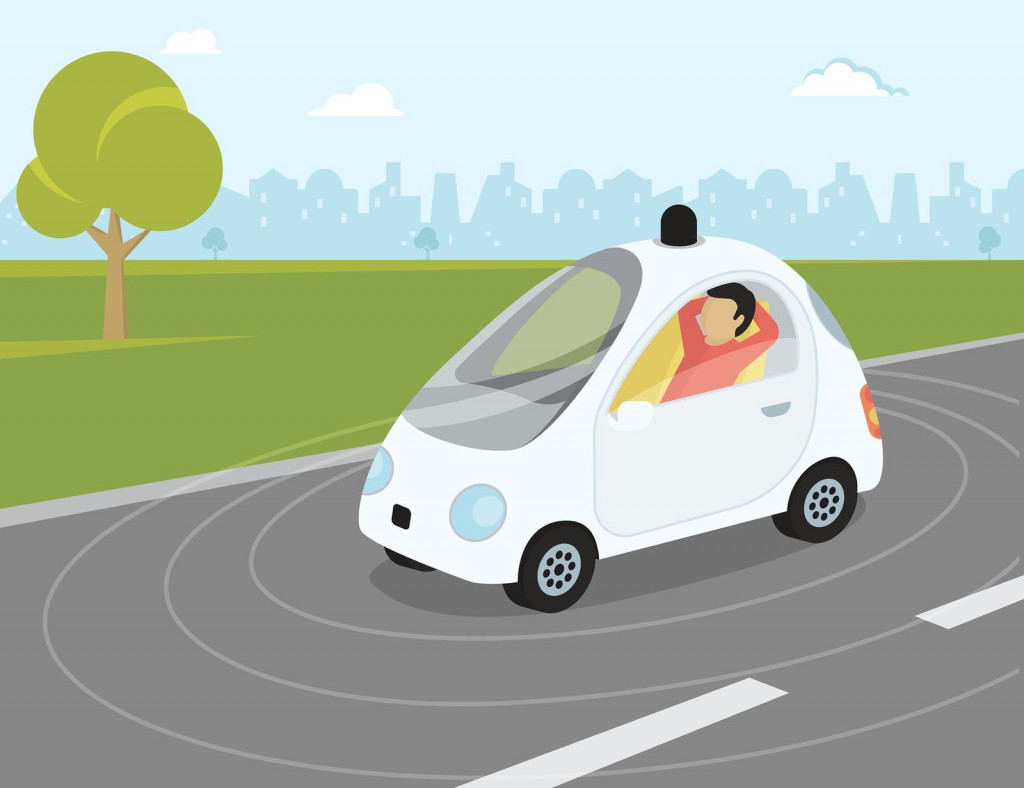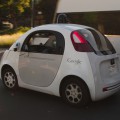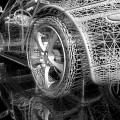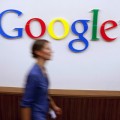Google’s efforts to revolutionize transportation hit a bump in the road when one of its autonomous vehicles recently was blamed for causing an accident.
Google’s self-driving Lexus RX450h SUV collided with a public transit bus on Feb. 14 while driving near Google’s corporate headquarters in Mountain View, Calif.
Google’s car was driving down a three-lane street preparing to turn right when it had to veer into the center lane because sandbags were blocking a storm drain. As the vehicle was waiting for other cars to pass before it moved around the obstruction, it collided with a bus approaching from behind at about 15 miles per hour.
An accident report filed with the California Department of Motor Vehicles said the Google test driver in the vehicle saw the bus approaching in the left side mirror but thought the bus would yield to let the Google car proceed. When it didn’t, the two vehicles collided.
No one was hurt in the accident, and the 15 passengers on the bus were transferred to another bus. The accident damaged the Google car’s front left fender, wheel and one of the sensors that detect other vehicles or objects.
Google described the accident as a learning experience, saying its cars need to learn that small vehicles are more likely to yield than larger vehicles like buses. The company also accepted some blame for the mishap.
You Might Also Enjoy: How Beer Helped Google Create Better Products
“We hope to handle situations like this more gracefully in the future,” Google said in a monthly report. “We clearly bear some responsibility, because if our car hadn’t moved there wouldn’t have been a collision.”
While the accident was the first in which Google accepted fault, it wasn’t the first involving one of its autonomous vehicles. In the past six years, it has reported 17 accidents to California’s DMV.
Still, Google’s driverless cars have a solid, mostly unblemished track record. Its nearly two dozen autonomous SUVs have logged about 1 million miles.
The well-publicized accident caught the attention of groups opposed to self-driving cars. After the crash, Consumer Watchdog issued a statement saying the driverless technology needs tougher standards.
“This accident is more proof that robot car technology is not ready for auto pilot and a human driver needs to be able to take over when something goes wrong,’’ John Simpson, project director of the group, told Tech Times.
Google and other supporters of autonomous vehicles say that, despite some hiccups, driverless technology has the ability to reduce the number of accidents on the road because it removes human error, one of the top causes of crashes.






